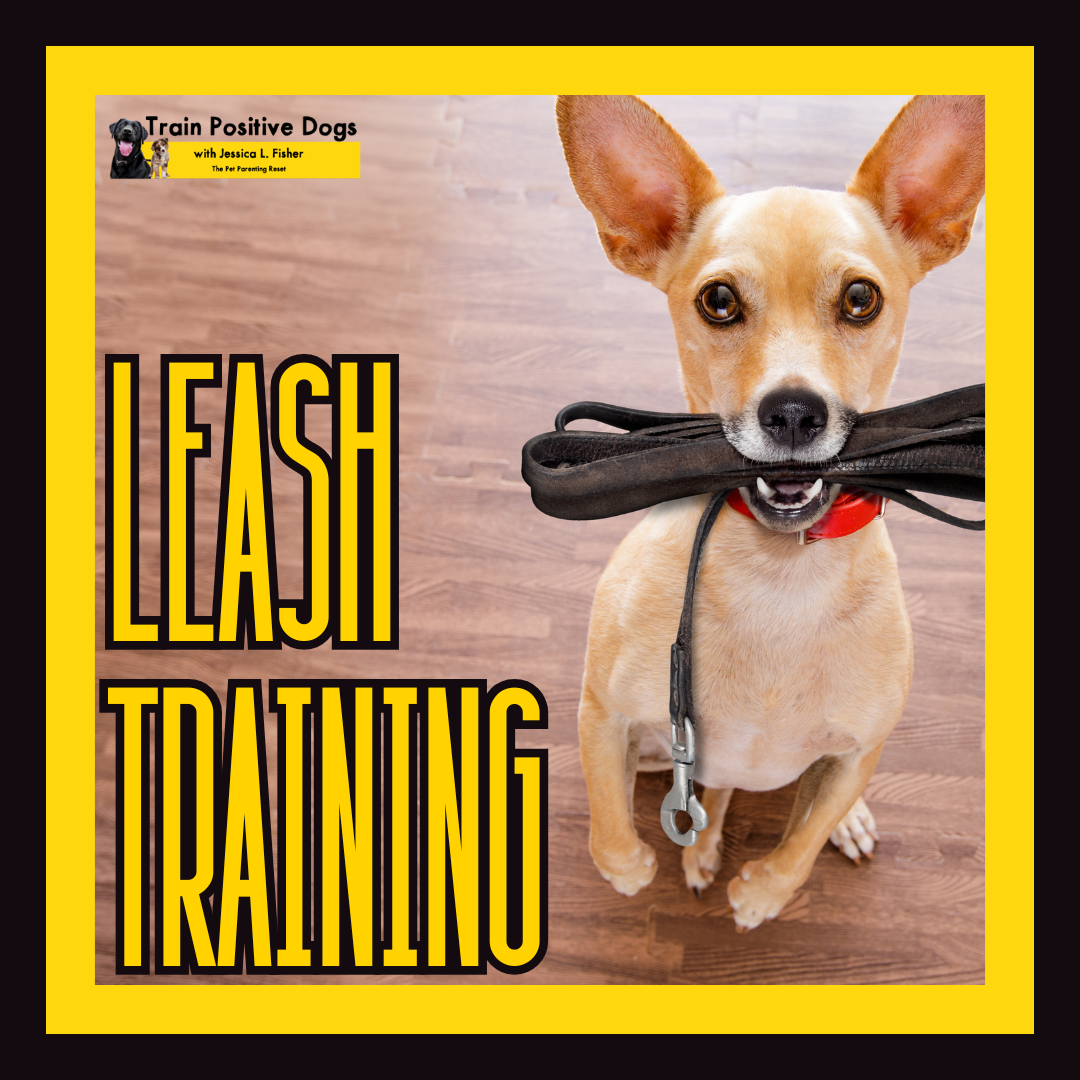BLOG

Leash Training Your Dog Using Positive Reinforcement
Leash training is an essential skill for every dog and their owner. It ensures your dog can enjoy walks safely and helps strengthen your bond. Positive reinforcement is the most effective and humane way to teach your dog to walk on a leash. Here’s a step-by-step guide to get you started.
Step 1: Introduce the Leash and Collar
Before you start leash training, let your dog get comfortable with their leash and collar. Allow your dog to sniff and investigate the equipment. Put the collar and leash on your dog while indoors, letting them wear it around the house for short periods. Reward your dog with treats and praise to create a positive association.
Step 2: Start Indoors
Begin your training in a familiar, low-distraction environment, such as your living room or backyard. Hold the leash and encourage your dog to walk beside you using high-value treats. Use a happy, enthusiastic tone to keep your dog engaged. Reward them frequently for staying close and walking calmly.
Step 3: Teach a Focus Command
A focus command, like “watch me,” is invaluable for leash training. Hold a treat near your face and say “watch me.” When your dog makes eye contact, reward them with the treat. Practice this command regularly to ensure your dog can focus on you during walks.
Step 4: Reward Calm Walking
Start walking with your dog on a loose leash. Reward them with treats and praise whenever they walk calmly by your side. If your dog starts to pull, stop walking and wait for them to return to your side. Once they do, resume walking and reward them. This teaches your dog that pulling gets them nowhere, but walking calmly keeps the walk going.
Step 5: Use Positive Reinforcement for Desired Behavior
Positive reinforcement is all about rewarding the behavior you want to see more of. Carry treats with you and reward your dog every few steps they take without pulling. Use verbal praise to let your dog know they’re doing a great job. Over time, your dog will associate walking nicely on the leash with positive outcomes.
Step 6: Practice in Different Environments
Once your dog is comfortable walking on a leash indoors, gradually introduce them to new environments. Start with your backyard, then move to quiet streets, and eventually busier areas. Each new environment presents unique distractions, so be patient and consistent with your training.
Step 7: Use the Stop and Go Method
If your dog starts to pull, stop walking immediately. Stand still and wait for your dog to return to your side or release the tension on the leash. When they do, reward them and start walking again. This method reinforces that pulling will not get them where they want to go.
Step 8: Change Directions
To keep your dog focused on you, change directions frequently during your walks. If your dog pulls ahead, turn around and walk in the opposite direction. Each time your dog follows your lead, reward them with treats and praise. This helps prevent pulling and keeps your dog engaged.
Step 9: Keep Training Sessions Short
Short, frequent training sessions are more effective than long, infrequent ones. Aim for 5-10 minute sessions several times a day. This keeps your dog interested and prevents frustration. Gradually increase the duration of your walks as your dog becomes more proficient.
Step 10: Be Patient and Consistent
Training takes time, and every dog learns at their own pace. Be patient and consistent with your training methods. Make sure everyone who walks your dog follows the same techniques to avoid confusion. Celebrate small successes and keep the experience positive and fun for your dog.
Leash training your dog using positive reinforcement builds a foundation of trust and respect. It makes walks more enjoyable and safe for both you and your dog. Remember to be patient, consistent, and always reward the behavior you want to see more of. With time and dedication, your dog will become a pro at walking on a leash.
SHARE THIS
COMMENTS